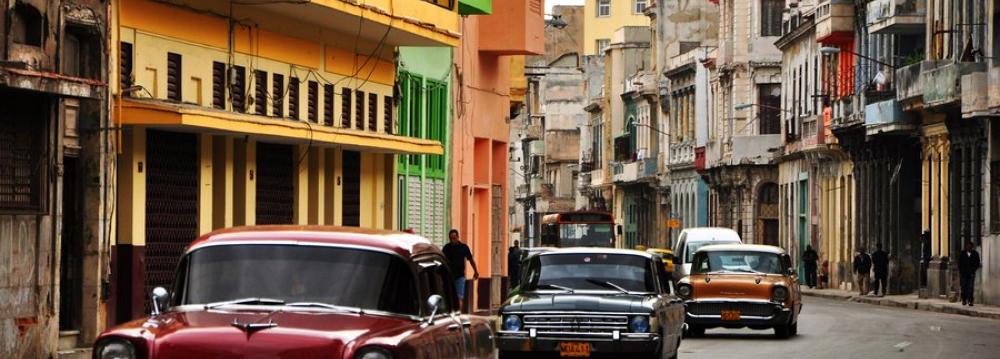As has been widely reported, Cuba has entered a new period of austerity.
On July 8, President Castro told the Cuban National Assembly that Cuban economic growth had slowed to 1% in the first half of 2016 compared with 4.7% over the same period in 2015. The country must, he said, rapidly cut its spending and energy use in order to address a lack of liquidity as a result of lower than projected income from exports of services and goods, and reduced oil imports from Venezuela, the Antillean Media Group reported.
In doing so, Castro acknowledged “rumors and forecasts of an imminent collapse of the economy” but sought to reassure Cubans that there was no danger of a return to the severe austerity of the 1990s that followed the collapse of the former Socialist bloc.
“We don’t deny some that challenges may arise, even bigger than the ones we are now facing, but we are ready and in a better condition than back then,” he observed.
Subsequent statements made clear that the Cuban government’s plan involves reducing energy consumption by 6% and fuel consumption by 28%; importing less, in part by strictly controlling import credits; decreasing state investment by 17% through to the end of the year; and, more generally, reducing loans and liquidity across the state sector.
In contrast, social spending and investments in key sectors such as tourism and nickel are to be spared, but others that do not contribute to export earnings or import substitution are to experience cuts.
The delivery of this plan has largely been entrusted to Cuba’s Vice President and the Minister of Economy and Planning, Ricardo Cabrisas.


